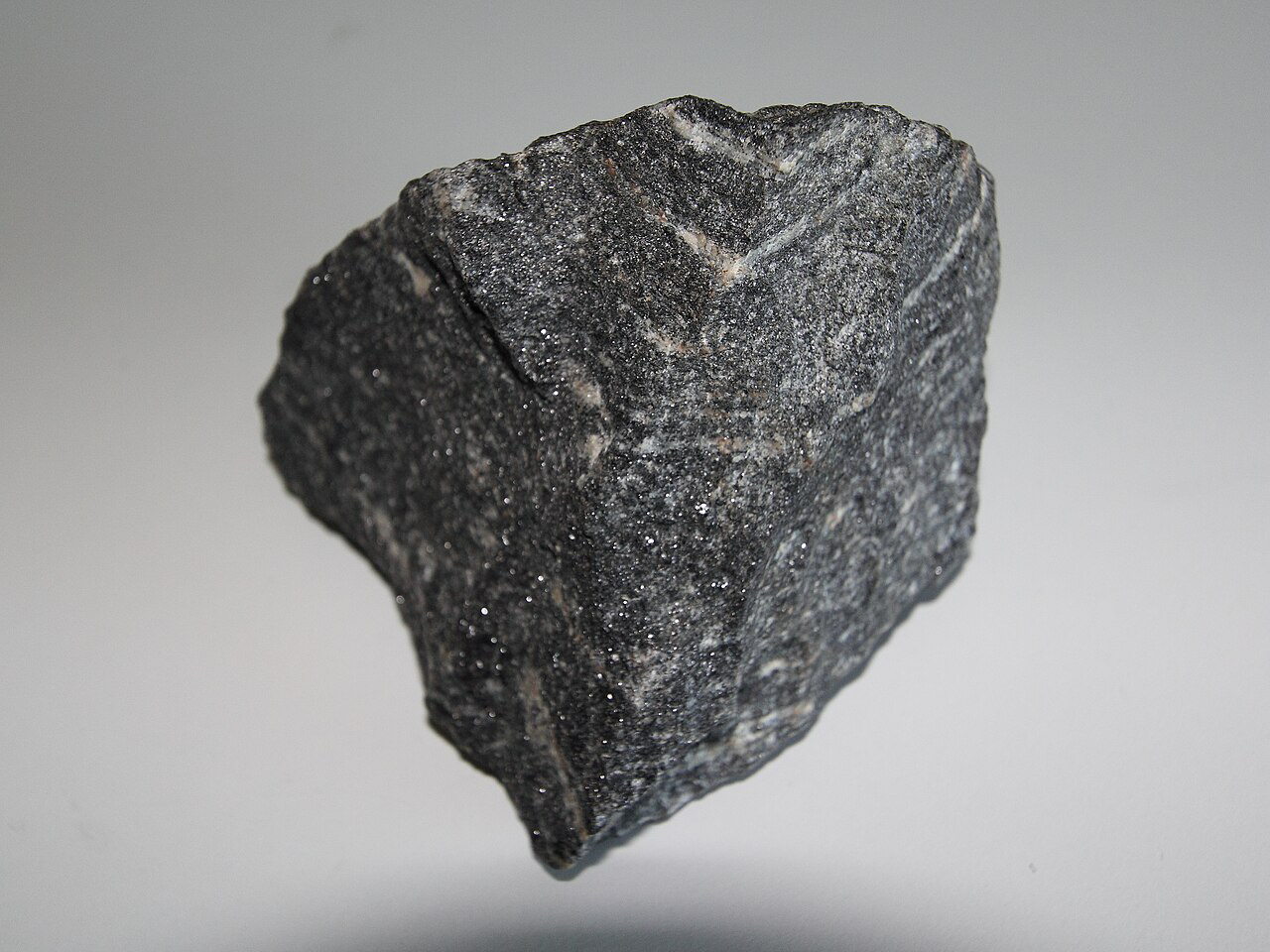Michael Lok believed a dubious opinion that the black rock from the Arctic contained gold. A second voyage was sent to Little Hall’s Island to mine 200 tonnes of the rock.

Michael Lok believed a dubious opinion that the black rock from the Arctic contained gold. A second voyage was sent to Little Hall’s Island to mine 200 tonnes of the rock.

While on an island during Frobisher’s first voyage to the Arctic in 1576, one of his mariners picked up an unusual black rock that had within it something that glittered.
Suspecting it contained gold, Frobisher held on to it and put it in his cabin. When his fleet arrived back in London, the rock caused a sensation amongst the first voyage’s investors. After a brief analysis by assayers, the tentative results led to a call to return to the Arctic for a substantial load of this rock. The backers of the first voyage raised funds for a second voyage to Frobisher Bay to take place the following year in 1577 to gather three shiploads of the rock.
When Michael Lok got a hold of the rock from Frobisher, Lok initiated several months of research into determining if the glitter was indeed gold or a valueless mineral such as quartz. By the fall of 1576 and into the winter of 1577, several assayers to answer that question assigned to analyze the rock determined it to be valueless but not all of them. Those dissenting assayers persuaded Lok that the rock contained enough gold to make another journey to the Arctic worthwhile. So Lok and Frobisher planned a second voyage to the island in the Arctic where the rock was found to bring back at least 200 tons for further testing.
Perhaps wishing those who gave a positive analysis to be true, Lok ignored the majority opinion which concluded the black rock did not contain any gold, or at least an insufficient amount to make mining more of it worthwhile. To these assayers, a trip to the Arctic would become a fool’s errand.
From our perspective over a half-millennia later, it is a story of vanity running ahead of common sense. It was a story of wishful thinking drowning out good science (as it was in the 1570s). It would not end well and the search for the Northwest Passage would end with Frobisher, at least for another 300 years.
25. Sunk Cost Fallacy and Frobisher’s 1577 voyage to the Arctic.